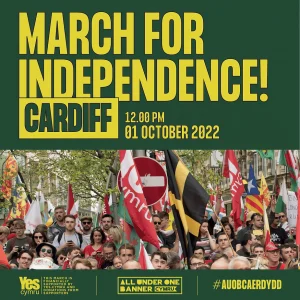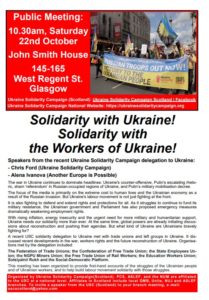Solidarity with Nicaraguan people – Scotland’s role
In Scotland, soon after the 1979 Sandinista [FSLN] revolutionary triumph over the Somoza dictatorship in Nicaragua, a united front solidarity campaign was established called Scottish Medical Aid for Nicaragua (SMAN), writes Norman Lockhart.
The campaign included trade unions, Labour Party and other campaigns, including church organisations influenced by liberation theology.
It played a similar role to the Nicaragua Solidarity Campaign based in London and was based on the experience of Medical Aid for Palestine.
It also incorporated the El Salvador solidarity campaign (ELSSOC) which had been more prominent in Scotland.
It not only sent NHS doctors and nurses to work mostly in the southern region and concentrated in sending Scottish delegations there, including trade unionists and MPs, but also built health centres and other facilities for people neglected by the Somoza dictatorship.
A high point of the solidarity was the visit by the then revolutionary Sandinista president Daniel Ortega to the Glasgow Mayday 1989 celebrations at a time when right wing US President Ronald Reagan and British Prime Minister Margaret Thatcher dominated the world of imperialist politics.
The revolution was never to be considered perfect – it was even once described as the Labour Party but with guns!
One of the important lessons of both the Nicaraguan FSLN and the FMLN in El Salvador had been recognising the common grounds for uniting in struggle.
In the context of the popular struggles world wide and particularly in Latin America again today, it should be a priority to defend democratic and human rights against what can be referred to as the Orteguista dictatorship regime.
Ortega and his partner the current vice president Murillo have become another brutal dictatorship that has imprisoned several hundred political prisoners including his once fellow Sandinista combatants.
For example, one of them who has been detained in solitary confinement for over a year, Dora Maria Tellez, led a military wing of the Sandinista army in overthrowing the Somoza dictatorship and was also the minister for health during the Sandinista government.
This process became more obvious about four years ago when police, aided by para military thugs, shot down workers, peasants and students demonstrating in defence of the environment and for better state pensions.
While the Sandinista revolution heralded many obvious benefits for the population of Nicaragua in health and education as well as land reforms and farming cooperatives, it also set a worldwide example to those forces struggling for social justice and human rights.
Most notably the recognition of the need for the indigenous and minority black groups on the Atlantic coast for self determination.
This was very significant in undermining the base of the ‘contras’, the terrorist opposition financed, trained and armed by the USA.
Part of the consolidation of the revolutionary process and the best way for a legitimate international profile was the first democratic presidential election that confirmed the Sandinista popular liberation victory.
In contrast, a clear expression of the revolution’s many faults was the so called ‘piñata’ when after losing the next election many financial rewards and privileges (state property, land and businesses) were given to faithful FSLN party servants or bureaucrats.
The dictatorship of Ortega has even refused permission for revolutionaries from other latin american states to visit Nicaragua to find out first hand what conditions for working class people are like. And even the Organisation of Latin American States OEA has condemned Ortega’s undemocratic regime repeatedly over the last four years but this year it was unanimous and without abstentions.
There is still a network of Scots previously sympathisers of the Sandinista revolution who support the people’s continuing struggle.
Norman Lockhart, October 2022
Image from https://correspondenciadeprensa.com/



